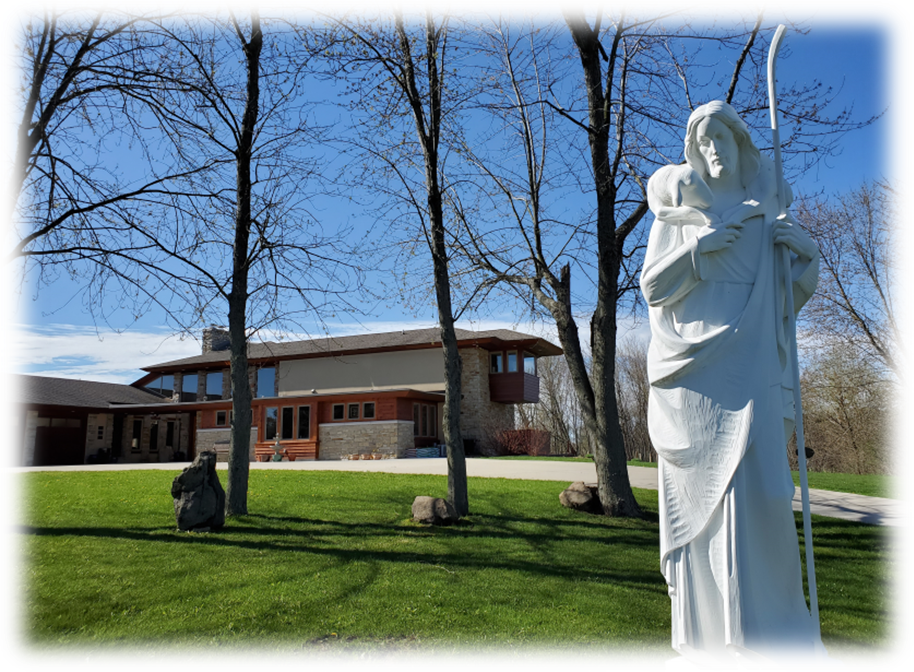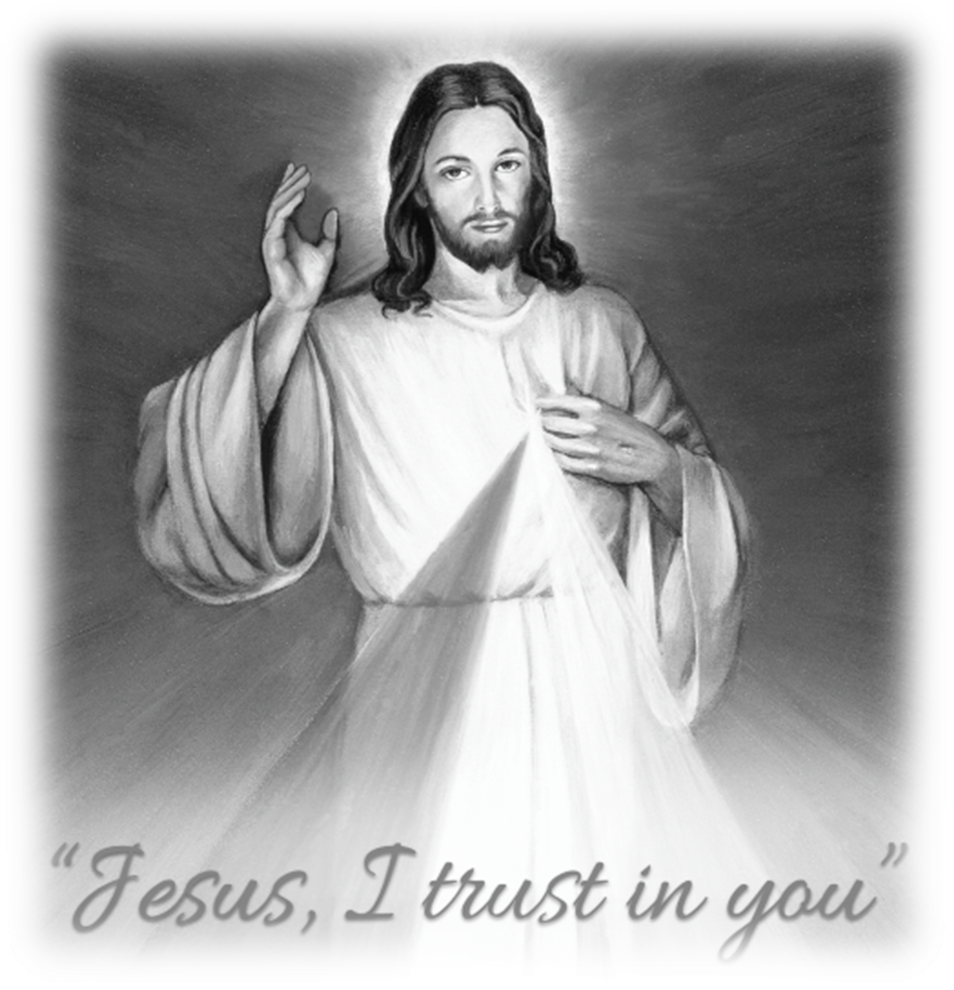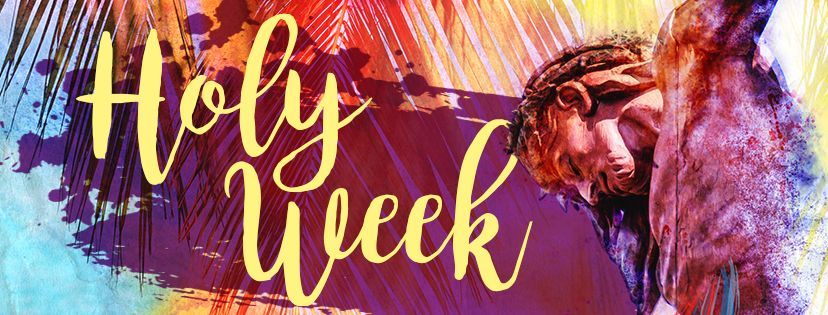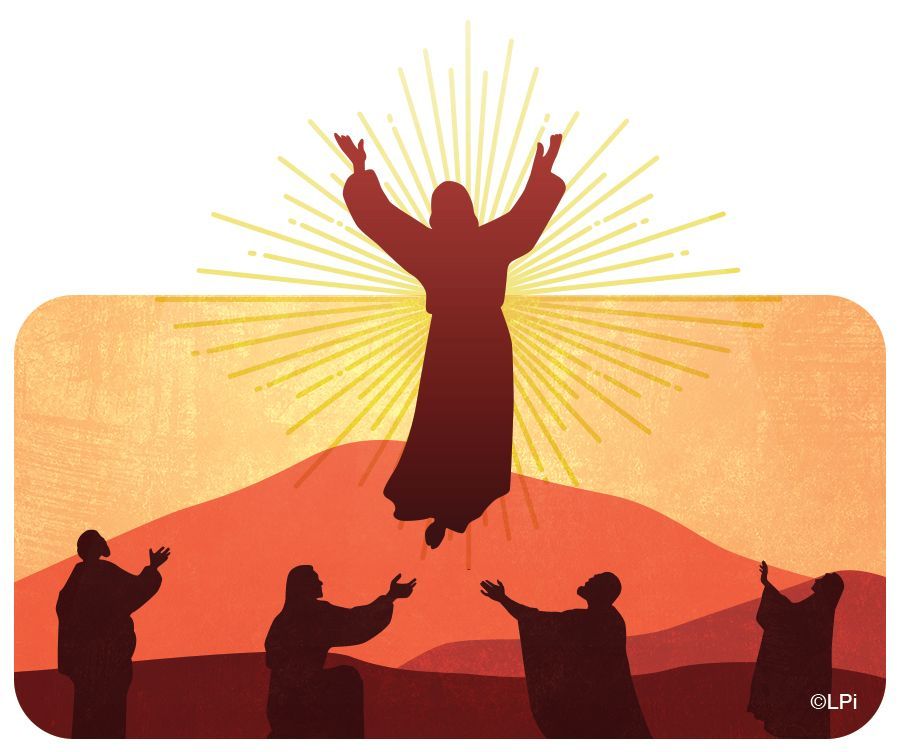First Communion Sunday
This is a subtitle for your new post
We are blessed to celebrate the Sacrament of First Communion in our parish. Nine of our religious education students will receive Eucharistic Jesus in their hearts during our solemn Mass at 10:30am on Sunday. It is always great to see the children wearing formal attire, crowning Mary, praying hard, and reading and singing during their First Communion Mass. I invited and encouraged other children and youth of our parish to join us on this special occasion. It is a good opportunity to remember the day we received the First Communion a few or perhaps many years ago. Children who will receive Holy Communion this Sunday: Bradley, Vivian, Ella, Lincoln, Mark, Diezel, Henry, Grace, Jocelyn.
I would like to express my gratitude to the children who will receive their First Communion. We wish them to follow Jesus closely, who is “the way, the truth, and the life” (John 14:6). We encourage them to continue their religious education at our parish in the following years, and receive another important Sacrament, Confirmation in a few years. I am grateful to their parents for their support and good example, and their family members for being with them and with us during this special day at St. Martin of Tours. To the teachers, especially Joy Heuser and Carey Logan, who have been preparing our
children for their First Communion. I am also grateful to those who prepared our liturgy, took photos, and decorated the church for this occasion.
At the same time, I will take this opportunity to remind a few principles about receiving Holy Communion and reverence of Eucharist at St. Martin of Tours parish.
It is a very special moment of encounter with Eucharistic Jesus during receiving Holy Communion. Holy Communion could be received as either bread or bread and wine. The wine (cup) is not necessary when receiving the Eucharist but we encourage our parishioners to receive Holy Communion in both forms. There are three essential requirements to receive Holy Communion:
1. The person must be baptized and have understanding of faith in the real presence of Christ in
the Eucharist.
2. The person must be in the state of grace, which is, at the moment of the Holy Communion,
be free from a mortal sin.
3. The person must fast at least one hour before receiving Holy Communion.
Fasting does not include taking medication and drinking water.
In short, we are encouraged to receive Holy Communion during Mass. Holy Mass without Communion is like a birthday party without dinner and a cake. However, we receive Holy Communion only in the state of grace, without a mortal sin.
Additionally, we receive Holy Communion on the hand or tongue. Both ways are equally correct. Feel free to receive the Blessed Host either way. But even more important is to reflect about if you are ready to receive Eucharistic Jesus into your heart. Please take some time to pray in silence before and after receiving Holy Communion.
Lastly, you can receive Holy Communion every day during Holy Mass. We have daily Mass at 8.30am (except Saturday Mass is at 4pm) in our church. You are welcome to join us for weekly adoration of the Blessed Sacrament and opportunity for confession on Monday at 6pm.
Holy Communion helps us to understand the act of Christ’s passion, death, and resurrection. It strengthens our faith and encourages us on the journey to Salvation. Let’s be grateful for the great gift of Eucharist in our life.
Fr. Andrzej







